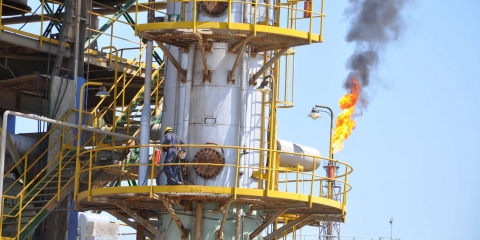Iraq year in review: the country may be free of ISIL but lies in ruins
At the foot of the craggy ridge line that slashes across the plains of northern Iraq, the devastated town of Sinjar is slowly repopulating. Crammed into their battered old cars, families pull up to houses they left in haste more than over three years ago, and have not seen since. With a home to return […]Florian Neuhof writes for The National:
At the foot of the craggy ridge line that slashes across the plains of northern Iraq, the devastated town of Sinjar is slowly repopulating. Crammed into their battered old cars, families pull up to houses they left in haste more than over three years ago, and have not seen since. With a home to return to, they are the fortunate ones.
Many of their neighbours are not so lucky. Sinjar sparked an international outcry in August 2014, when ISIL stormed the town and the surrounding area to kill and enslave the local Yazidi population. In response, the US began its bombing campaign to curb and reverse the terrorist group's headlong advance against a crumbling Iraqi military. Air support by the US-led coalition allowed the Iraqis to beat back and ultimately defeat ISIL in a war culminating in the bloody nine-month battle for the city of Mosul, during which bombs flattened large swathes of the city.
Across Iraq, liberated towns, cities and villages have suffered a similar fate. Some, like Mosul or desert towns like Al Qaim near the Syrian border, have only recently been wrested from the extremists. Others, like Fallujah, retaken by the Iraqi military in the spring of 2015, still wait for essential services to be restored, and homes to be rebuilt.





